Do modern Mongolians even want it to be found?
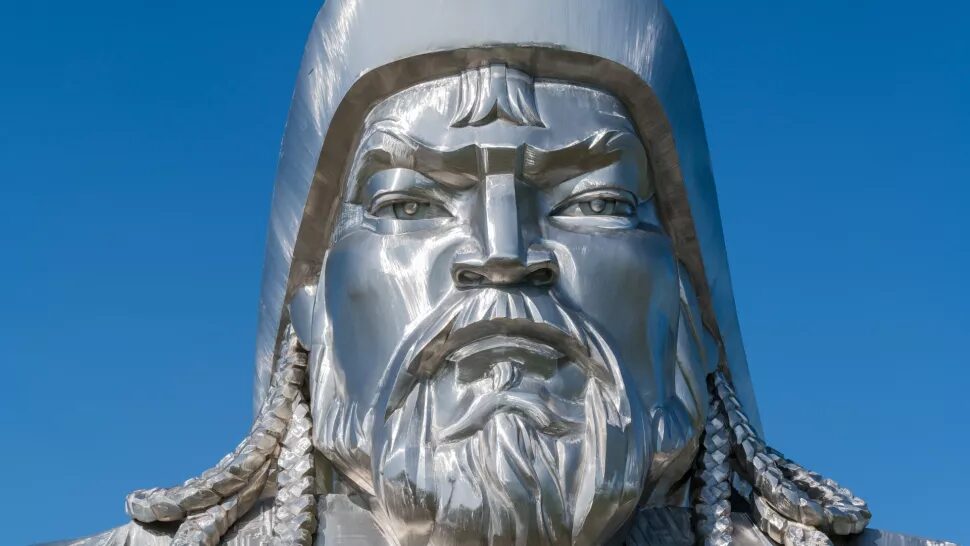
© Francesco Vaninetti Photo via Getty ImagesHere we see a close-up of the Genghis Khan Equestrian Statue found in Erdene, Tov province, Mongolia.
So, where is this charismatic leader buried? Does he have a monumental tomb like the pyramids built for the
ancient Egyptian pharaohs, or a mausoleum with terra-cotta warriors, like the one built for China's first Qin emperor?
The answer is that the location of Genghis Khan's tomb is unknown and unlikely to be found anytime soon. Moreover, some people in Mongolia might prefer that it is never found,
as Genghis is regarded by some today with an almost religious reverence, experts tell Live Science.
The tomb, wherever it may be, "is very important to the people of Mongolia with almost religious overtones," William Honeychurch, an associate professor of anthropology at Yale University, told Live Science in an email. He declined to speculate on where the tomb may be located.
One possibility is that Genghis Khan was buried in Mongolia's eastern Khentii province, where he was born. "I think the tomb is in [the] mountains in Khentii Province," Nancy Steinhardt, a professor of East Asian art at the University of Pennsylvania's Penn Museum, told Live Science in an email. "I don't think it will be found any time soon," she added.
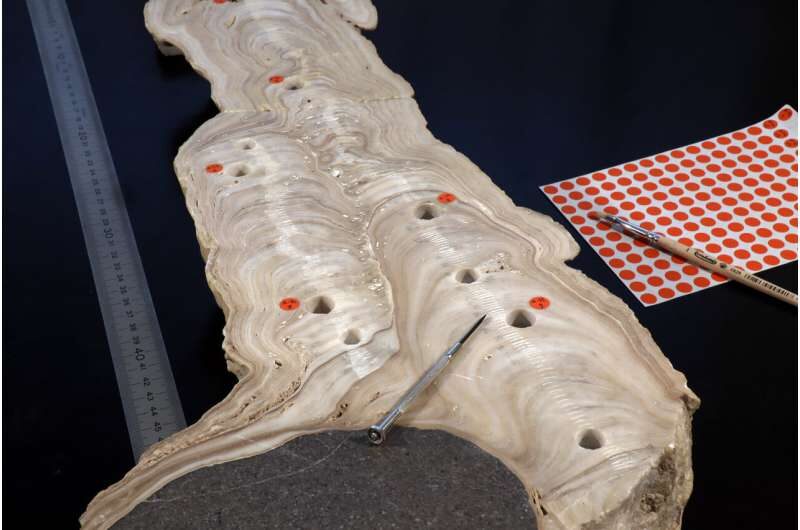
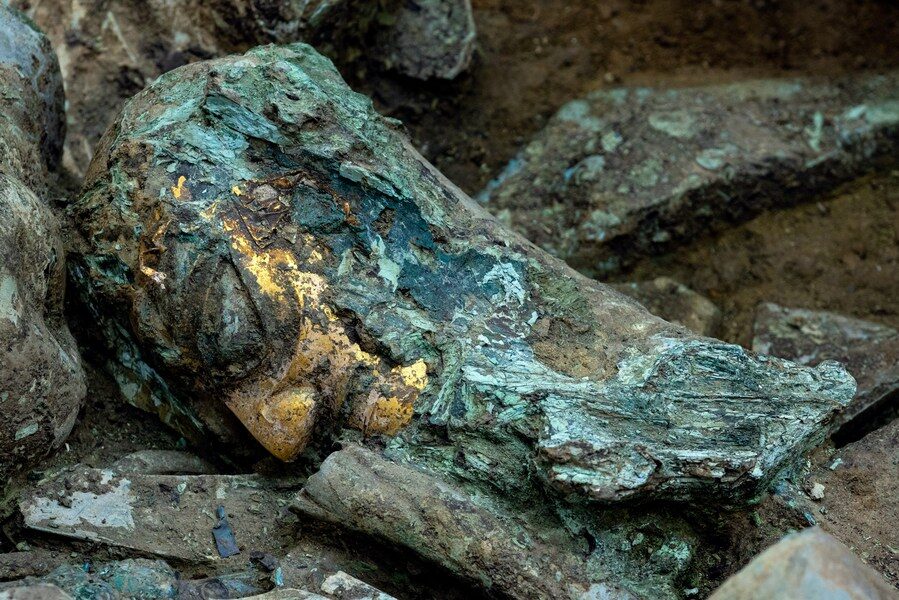
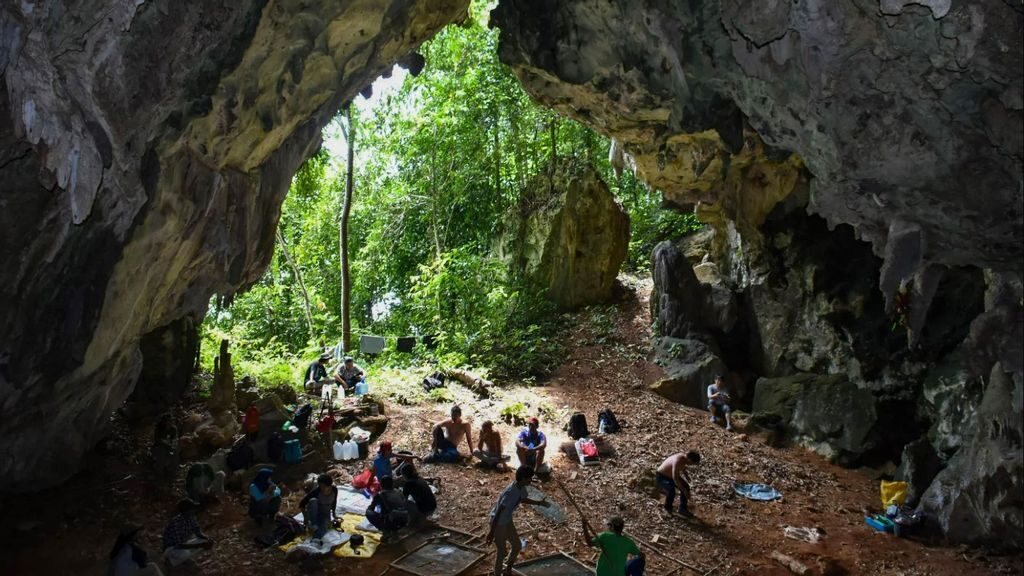
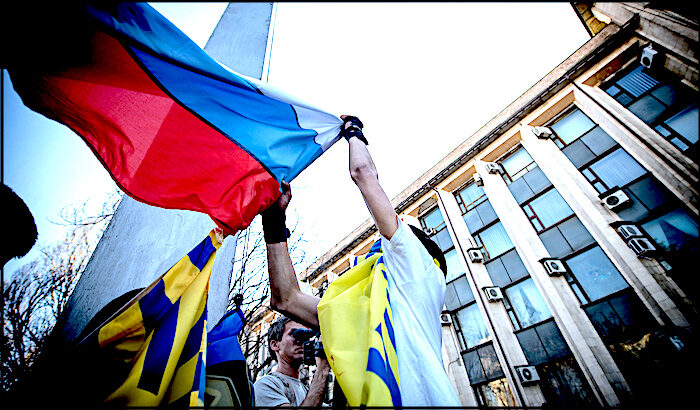

Comment: Footage of the complex in Dutch:
See also: Secrets of the exceptional diatretic vase revealed, recently discovered at 4th century Paleo-Christian necropolis in Autun, France